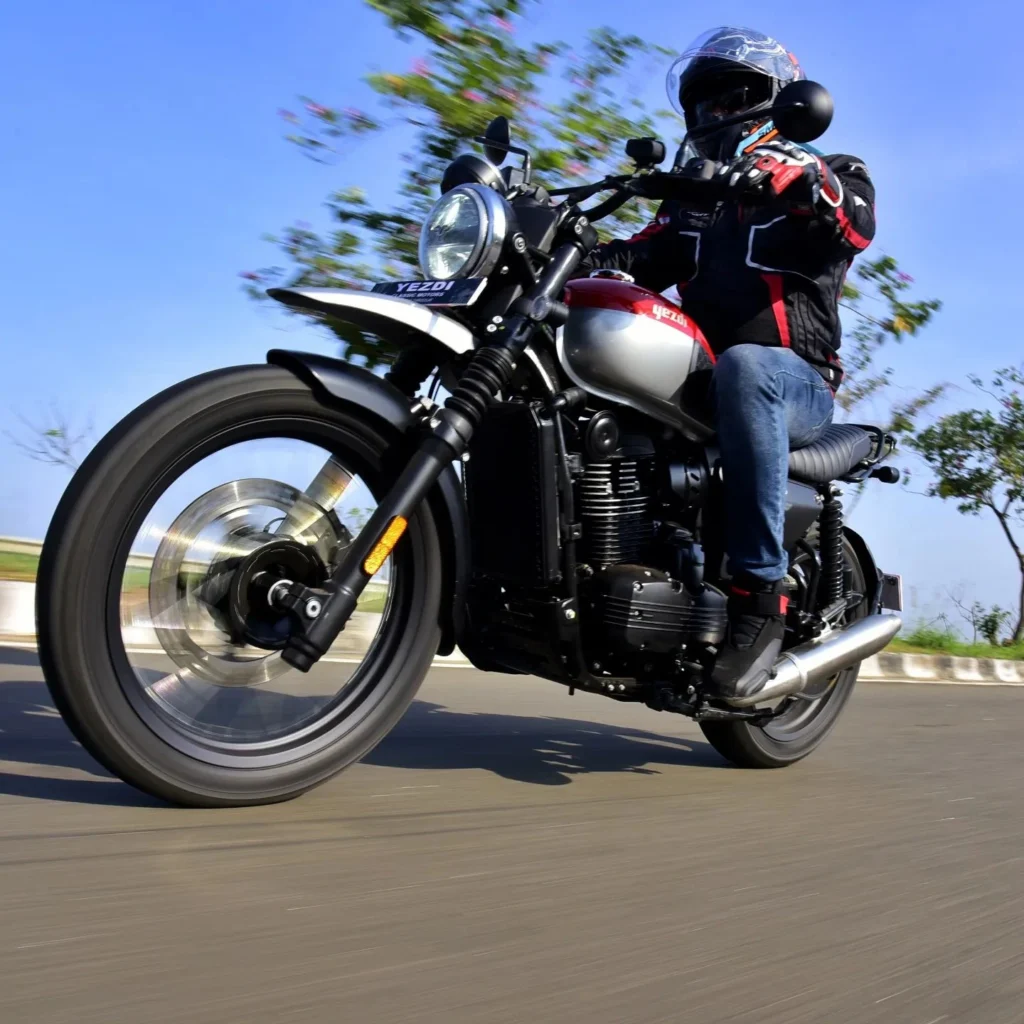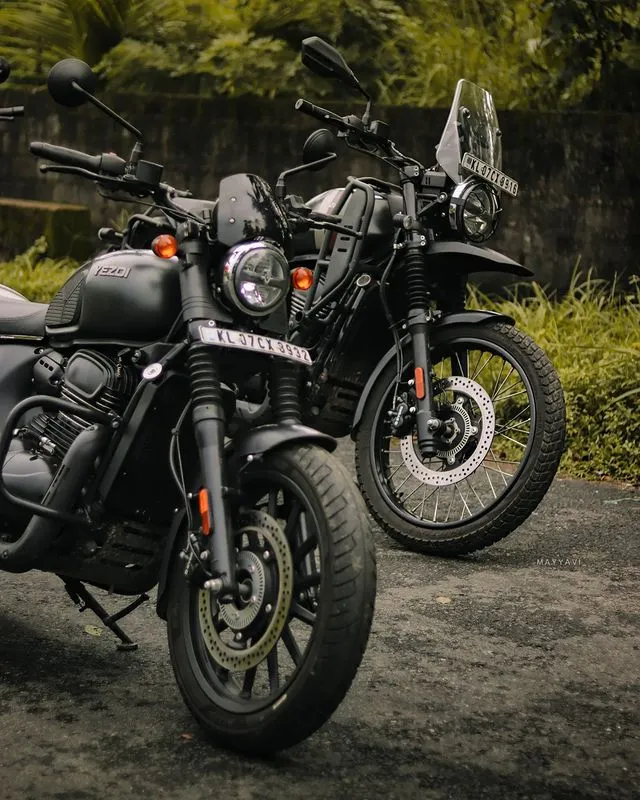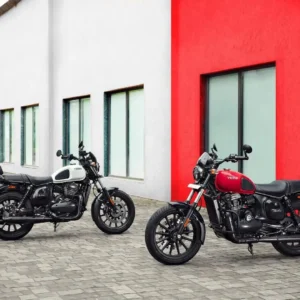How to Negotiate a Decreasing Radius Corner?
It jumps biker’s heart into the mouth and opens out his/her eyes like saucers when he/she finds going him/her self in a decreasing radius corner fast. A decreasing radius corner is not good to be if a motorcyclist has oncoming traffic or other things to crash into.
A decreasing radius corner takes a biker off the road if he/she treats a decreasing corner like a constant-radius one. If you want to spot decreasing radius corner and want to know the best ways to approach them then read on.

Spotting a Decreasing Radius Corner
It is advisable that if a biker is riding on the unfamiliar road then he/she should go at 6/10ths of his/her limits, to begin with. So, if he/she finds him/her self in a tightening corner then he/she can lean the bike over to exit the corner smoothly. In a decreasing corner a biker finds that the further he/she goes into the corner, the vanishing point will appear to be coming towards him/her. With some practice, a motorcyclist can learn to spot a decreasing radius corner on the road.

How to Settle a Decreasing Radius Corner?
A decreasing radius corner situation requires 2 things.- Late turn in.
- Late apex.

Proper Motorcycle Lane Positioning
Lane position depends on a lot of variables such as traffic, location, and road conditions. When you are riding on an unfamiliar road, it is advisable you hold at least 20% of your expertise, traction, and ground clearance to overcome any challenges that may arise unexpectedly. These challenges can come in the form of a tightening radius, an obstacle, or a liquid. As a wise rider, you should set road speed based on the radius of the corner as its entry but should maintain a wide line. This wide line will give you time to detect a decreasing radius turn and to tighten your line. As corner’s exit is spotted you can select the apex. If you doubt that the changing radius will require more ground clearance than you already have then you can do two things.- You can modify your speed.
- You can prevent speed from increasing by lightly applying break or maintaining neutral throttle.

Motorcycle Downshifting Techniques
A manual transmission puts you in complete control no matter how many wheels you have at your disposal. While riding a motorcycle its braking system is as important as the throttle. They are important speed management tools. In the same way, downshifting is also as important as up-shifting while you want to control the speed.
Downshifting requires input from your all 4 extremities.
- Your left hand and left foot control your transmission.
- Your right hand and right foot control braking.
Definitely, your right-hand carry out double duty because it controls the throttle. Therefore downshifting requires you to combine all of these inputs into a bit of a smooth motion.

How to do Motorcycle Downshifting?
- Pull your clutch handle in to get rid of needless wear and tear on your clutch and transmission.
- Then start braking using your index and middle finger but keep in mind your right hand will require to control the throttle as well as the brake lever.
- After that, shift down to your new gear depends on the future situation such as a stop sign and a turn.
- Make use of your thumb, ring, and pinky fingers to modulate the throttle.
- At last, release the brakes and the clutch as you maintain your throttle application. And all you will get is a smooth gear change without any change in your motorcycle’s attitude.
